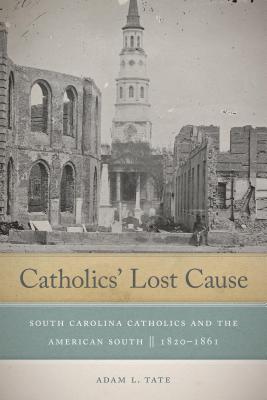
The Life of Saul Bellow: Love and Strife, 1965-2005, by Zachary Leader (New York: Alfred A. Knopf; 784 pp., $40.00). This is the second volume of the author’s biography of Saul Bellow, a massive and no doubt definitive work, minutely researched and very well written. Nevertheless, the patience required of the reader to pursue such a book diligently and to the end is, obviously, in proportion to his interest in the subject, and Saul Bellow was a minor writer, despite the volume of his literary production. His best novels are probably his earliest and shortest, Dangling Man and Seize the Day. I should say The Adventures of Augie March is unreadable, had not so many readers actually read it. Henderson the Rain King is indisputably not only his funniest novel but funny by comparison with any comic novel one could mention. I doubt anyone who ever read it has forgot the scene where Henderson, in his attempt to clear the African tribe’s water impoundment of its infestation by frogs with dynamite, underestimates the power of his charge and blows the dam itself. Herzog, his first major success, was something of an intellectual showpiece—or show-off one. There are no real scenes in Bellow, little extended dialogue, but many page-long blocks of unparagraphed first-person narrative, most of it lacking the strikingly individualized character and the charm Raymond Chandler thought to be the distinguishing quality of fine writing.
The 1950’s and 60’s were the decades in which Jewish literature challenged and indeed displaced the WASP literary hegemony that had obtained in America since colonial times. This was in part a wholly natural reflection of demographic change, but insofar as rivalry had a role in the development, a degree of conscious intent was present too. (Bellow found T.S. Eliot’s traditionalism “profoundly racist.” And he wrote, “If the WASP aristocrats wanted to look upon me as a poacher on their precious cultural estates then let them.”) As it happened, the period of Jewish hegemony in American letters was the hinge between what had come before and came after, as multiculturalism, in a very short time, replaced both of them. Were he starting his career today, Saul Bellow would have a very hard time establishing his name, or even being published, in an era when the New York fiction editors want nothing to do with white male authors in their search for “new voices”; almost exclusively those of women, “people of color,” and sexual minorities, despite the fact that “multiculturalism” suggests the addition of new cultures to the old, not the removal of the first, one.

Catholics’ Lost Cause: South Carolina Catholics and the American South, 1820-1861, by Adam L. Tate (University of Notre Dame Press; 296 pp., $45.00). While the American South is, and always has been, a predominantly Protestant region, an affinity between Southerners and Catholics since the early 19th century has often been noted by contemporaries and historians. Before the War Between the States, abolitionists and Northern evangelists (both of whom hated Catholics) regularly charged Catholics and slaveholders with being un-American; and, after it, with the attempted destruction of the Union. Before 1840, the majority of American Catholics lived in the South. And in the South, the diocese of Charleston was prominent in the leadership of the Church in America.
Southern Catholics have been charged by certain historians with having compromised the beliefs and commitments of the Faith in order to reconcile themselves with slavery and states’ rights (as if the latter were indeed a political, not to mention a moral, compromise). Others have argued that Catholics in the South succeeded in engaging in a responsible and effective way with Southern culture, and winning converts. The Church, though usually on cordial terms with the Southern upper class, had little success in making converts from among it. She had far better luck among the lower classes and Irish immigrants, however, and the antebellum Church was, if not a flourishing institution in the South, at least making good headway there. Southerners, including aristocrats, recognized her members’ regional patriotism, and were grateful for it. Their loyalty, indeed, is doubtless a principal reason why Sherman refused to spare Catholics and their churches, nunneries, and other institutions from the ravages of his march through the South, in the course of which he destroyed churches in Columbia and Charleston.
Following the War, the Church had, effectively, to start over again by rebuilding her institutions. Tate concludes,
Despite decades of effort by both clergy and laity, the dependence of Catholics on secular culture was the legacy of antebellum Catholicism in the diocese of Charleston. The Civil War, which destroyed the South, reduced clerical dreams of a Southern Catholicism to ashes. Postbellum generations would have to build anew.
Leave a Reply